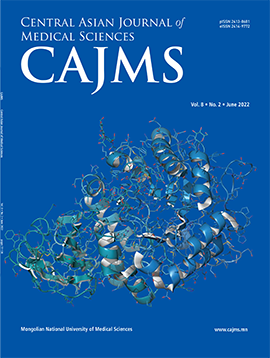Clinical Characteristics of Mesial Temporal Lobe Epilepsy With Hippocampal Sclerosis and Temporal Lobe Epilepsies Due to Other Etiologies
DOI:
https://doi.org/10.24079/cajms.2017.11.013Keywords:
Epilepsy, Temporal Lobe, Hippocampus, Sclerosis, AutomatismAbstract
Objectives: This study compared the clinical characteristics of patients with mesial temporal lobe epilepsy with hippocampal sclerosis (mTLE-HS) to patients with temporal lobe epilepsy (TLE) due to other etiologies. Methods: In this prospective study, all patients with a clinical diagnosis of TLE were recruited at “Sanus’’ outpatient neurological clinic from June 2016 to June 2017. We took note if patients had mesial temporal sclerosis (MTS) (if they had clear signs of MTS and/or atrophy in their MRI) or any other MRI abnormality. Results: A total of 88 patients (36 patients with mTLE-HS and 52 patients with TLE due to other etiologies) were included in this study. High frequency of seizure (p<0.05), oroalimentary automatism (p<0.05), postictal nose wiping (p<0.001), and absence of psychomotor automatism (p<0.05) were commonly seen in patients with mTLE-HS, while vertiginous auras (p<0.05) was more frequently seen in those with TLE due to other etiologies. Conclusion: Clinical characteristics of patients with mTLE-HS were high frequency of seizure, oroalimentary automatism, postictal nose wiping, and absence of psychomotor automatism, while vertiginous auras was more frequent in those with TLE due to other etiologies.
Downloads
159
Downloads
Published
How to Cite
Issue
Section
License
Copyright (c) 2017 Mongolian National University of Medical Sciences

This work is licensed under a Creative Commons Attribution-NonCommercial 4.0 International License.




